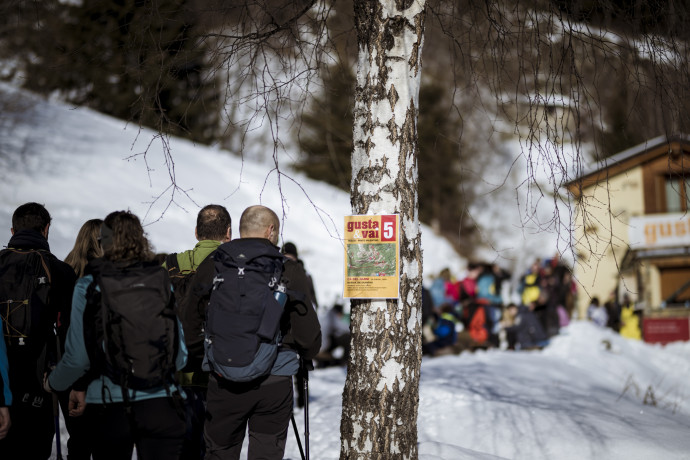- Itinerari
From Lake Maggiore to the south along the Ticino
Travel a pleasant and long journey among the lands irrigated by the Ticino channels, in an itinerary full of points of interest both artistic and natural. It begins at Sesto Calende, in the Varesotto area: visit the Abbey of San Donato which dates back to the ninth century and is one of the few remaining examples of original Christian basilicas with Narthex intact.
Following the course of the Ticino, arrive at the Lambardo Park, which surrounds the channel. In these areas, engineering has come to the rescue of nature and has found complex hydraulic solutions to conduct the waters to the south. Such as the dams of Panperduto, with a calm basin about 700 meters long and 50 to 90 meters wide: they form the beginning and the cornerstone of the Navigli and Villoresi channel system. In Castano Primo, the Emeroteca Villoresi Museum contains precious and ancient documents relating to the construction of the namesake canal, all in digital format.
The eighteenth century luxury of Villa Clerici welcomes you in Cuggiono, complete with a pier, an Italian garden, and a monastery.
The refined marble staircase of Condoglia is the entrance to the water; also admire its 364 windows, one for each day of the year.
The unification of Italy began in Magenta; visit the Museum that celebrates the historic battle of June 4, 1859, the liberation of Milan, along with many other items that are testimonies of the ‘Risorgimento’. Continuing south, arrive in a place immortalized in the film by Ermanno Olmi, L’albero degli zoccoli: Robecco sul Naviglio.
The shots glide along the Naviglio Grande and frame the façade of Villa Gaia, originating in the 1300s and still intact.
The final stage of the itinerary: Abbiategrasso, with its many bridges on the Naviglio Grande. Look for the bridge made out of iron, along Via Ludovico il Moro: it was built with the same technology used for the Eiffel Tower. But the surprises are not finished: the bridge is mobile and can be lowered and raised!
Mostra cosa c'è nelle vicinanze:
